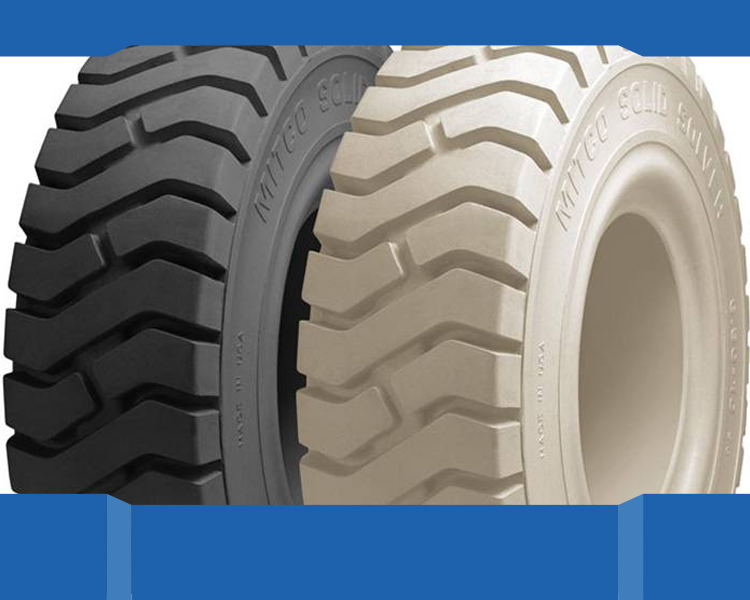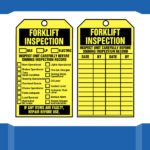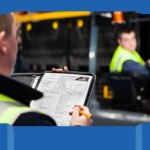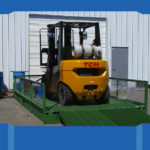
When To Replace Your Forklift Tires
Of course there are many different types of forklift tires, but all of these tires follow the same simple rules for replacement.
Forklifts are the backbone of any warehouse and the machine’s safety is our number one defense against workplace accidents that involve your drivers and employees. There are many ways to make sure that your forklifts are in proper working order. While regular maintenance is an excellent way to maintain safety, so is the maintenance of the tires. Forklifts usually have little to no suspension, which means the tires take all of the weight and stress from the loads.

When it comes to changing the forklift’s tires there are some easy guides to follow…
Forklift Tires
Of course there are many different types of forklift tires, but all of these tires follow the same simple rules for replacement. When there have been 2 inches of wear, when the original diameter of the tire has decreased by two inches, it is time to replace them. With pneumatic tires, for outdoor and rugged use, you can follow this rule for the most part, but you can also pay close attention to the wear on the treads. Much like regular car tires, when the tread runs lower you should replace them. Sometimes there is a misalignment of the tires, which can cause them to wear unevenly and lead to having to replace them before the scheduled maintenance. Many other things can cause problems and defects in the tires such as cuts, cracks, imbedded debris etc.
When it comes to cushion tires, the two-inch rule is a good guide to follow especially since the added stress on the tires can be upwards of 18%. Again, there are smaller things that can add to the wear that should be checked every so often such as debris, tearing, flat spots, and any other wear on the tire that can lead to malfunction.
When it comes to changing the forklift’s tires there are some easy guides to follow in order to ensure that is done safely and properly so that you are able to avoid unnecessary wear or replacements. A forklift jack is required to lift the forklift up enough to replace the tires. Do not try to use a car jack as it is not rated to lift such a massive load such as a forklift. Keep your employees safe by ensuring you use the right equipment for the right job. Depending on the tire you are changing, place the forklift jack in the front or in the back of the tire for optimal lift.
Finally, it is imperative to keep your warehouse or work yard free of debris that can rupture or prematurely wear out your new tires. Fixing a tire that you recently replaced is not economical as well as frustrating in having to redo a well-done job.
A multi-fork positioner attachment allows operators to handle several pallets at once. This reduces the handling times and increases the work the can be completed.









